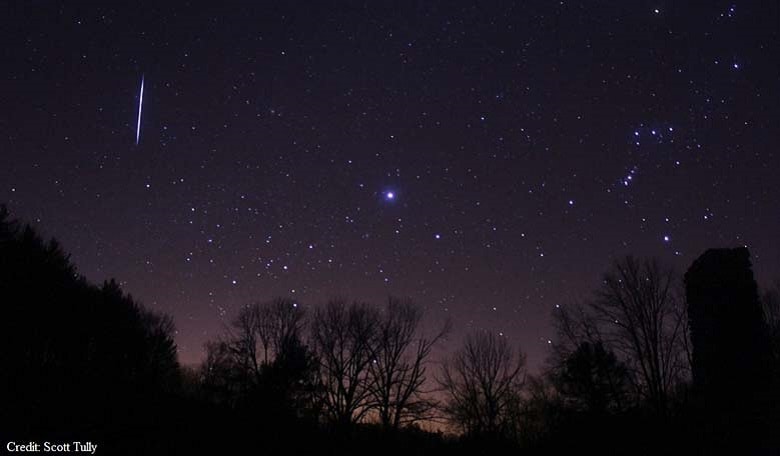The Leonid meteor shower, named so after the Leo constellation, is one of the better known meteor showers. The Leonids are caused by tiny debris from the Tempel-Tuttle comet and are an annual astronomical event.
The Leonids first became famous in 1833, when a meteor shower of epic proportions was observed over North America. Since then, astronomers have found out that the Leonids have made appearances back in 1366 and again in 1699, though smaller Leonid showers have likely been around on an annual basis for centuries. In recent years, the Leonids have been observed every November. They are the fastest known shooting stars, traveling at 261 000 km/h. The Leonids often create a shooting star every few minutes during the time when the shower is the most active. Most of the "stars" are no bigger than a grain of sand, though some are as big a 1 cm - the latter turn into fireballs upon reaching our atmosphere, making the Leonids all the more amazing to watch.
The Leonid meteor shower will be most visible in the early, pre-dawn hours on Wednesday. Although this year's spectacle is expected to be less impressive than in some previous years, tonight, the luckiest observers will still get a chance to wish upon a shooting star.
If you cannot make it outside tonight or the weather in your area makes it impossible to see the Leonid meteor shower, Slooh.com will be live-streaming this amazing space event at: www.live.slooh.com











